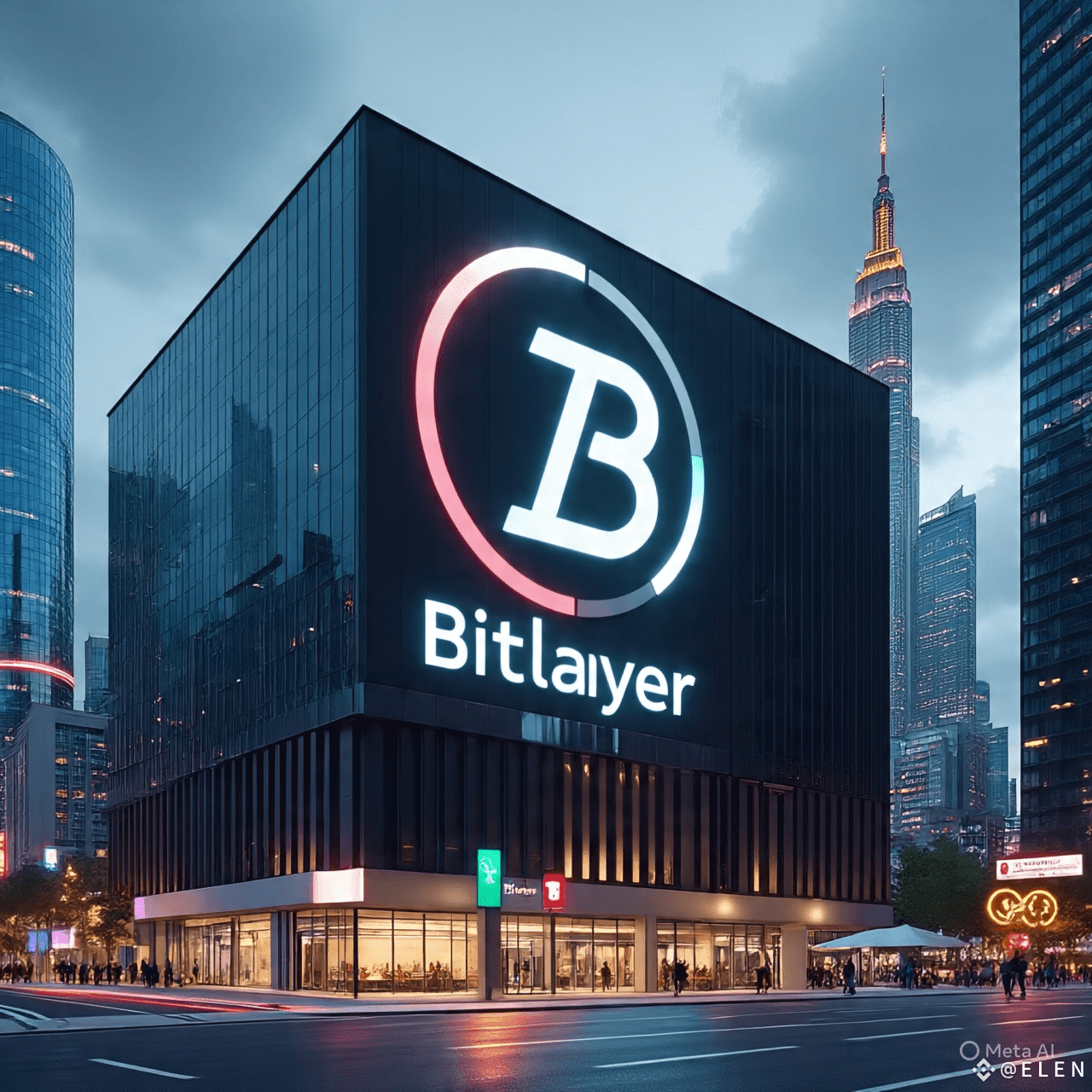
Bitlayer is positioning itself as one of the most consequential projects in the Bitcoin-DeFi transition: a technical stack that combines a trust-minimized bridge, a Bitcoin-native rollup, and a yield-bearing wrapped-BTC (YBTC) token to make BTC productive inside DeFi. The ambition is clear — bring Bitcoin’s security to the same composability and yield opportunities that have powered Ethereum’s DeFi era — and Bitlayer is advancing fast toward that goal.
What Bitlayer actually ships (and why it matters)
Two technical pieces form the immediate backbone:
1. The BitVM Bridge (trust-minimized BTC on-ramp). Bitlayer’s BitVM Bridge is designed to let users lock BTC on layer-1 and mint a verifiably backed on-chain representation (YBTC) for use in DeFi. The bridge emphasizes fraud-proof style validation and cryptographic guarantees rather than centralized custodians, which reduces counterparty risk while keeping BTC usable across EVM and non-EVM environments. That architecture makes native-backed, programmatic BTC a reality for lending, liquidity provision, and yield strategies.
2. Bitcoin Rollup + BitVM runtime. Bitlayer is combining a high-throughput rollup design with BitVM semantics to allow complex, verifiable computations tied back to Bitcoin security. In practice that means fast, low-cost contract execution for BTC-denominated DeFi — enabling everything from automated market makers and credit products to composable yield strategies that were previously hard to do with native Bitcoin. The project recently highlighted these advances during its Summer Launch 2025 reveal.
Key network primitives: YBTC and YBTC-backed products
At the center of Bitlayer’s economic plumbing is YBTC — a 1:1 (backed) representation of locked BTC intended to be yield-capable and composable across the Bitlayer ecosystem and partner chains. Because the bridge mints YBTC under verifiable backing rules, DeFi apps can treat it as a secure base asset for lending, staking, and structured products. That’s the literal mechanism that turns “idle BTC” into productive capital.
Traction, funding, and ecosystem signals
Bitlayer’s growth has moved beyond whitepapers: the network reports strong on-chain metrics and a growing ecosystem footprint. Public reporting shows peak TVL figures in the hundreds of millions and 200+ integrated dApps on its stack, reflecting meaningful early adoption for Bitcoin-native DeFi. The team’s financing (multiple rounds that aggregate into a multi-million dollar war chest) and recent investor interest have supported rapid development.
On the community & marketing side, Bitlayer is running an active “Booster” engagement campaign with Binance Wallet (now in Phase 2) and preparing Pre-TGE access windows for early participants via partner wallets — signaling an emphasis on retail distribution and partner-led onboarding. These campaigns are helping seed real user wallets and liquidity before broad listing events.
Where Bitlayer could add unique value
Bitcoin-native DeFi without custodian risk. By relying on fraud-proof/BitVM validation rather than centralized custodians, Bitlayer reduces a major point of failure for BTC in DeFi.
Bridging institutional and retail demand. The architecture is attractive to institutions seeking auditable, Bitcoin-backed yield exposures while offering retail users straightforward on-chain products.
Composability for BTC. YBTC unlocks the ability to use Bitcoin as collateral, liquidity, and yield source inside automated strategies that traditionally required wrapped/custodial BTC.
Risks and open questions
No platform is without tradeoffs. For Bitlayer the primary risk buckets are:
Security & economic design: Any bridge introduces monetary risk; even fraud-proof designs need battle-tested game theory and clear slashing/fraud mechanisms.
Adoption vs. liquidity split: Converting Bitcoin holders into active DeFi participants requires convincing conservative BTC owners to accept tokenized exposure — a behavioral and regulatory hurdle.
Regulation & custodial optics: Even trust-minimized designs can attract regulatory scrutiny if tokenized BTC is used as an institutional vehicle; teams must balance innovation with compliance readiness.
Execution complexity: Rolling out a new L2 plus a novel bridge and a token economy is technically demanding — sustained engineering rigor and audits will be essential.
Roadmap & near-term catalysts to watch
1. BitVM Bridge mainnet beta and broader BitVM rollouts — concrete mainnet availability and the quality of fraud-proof tooling will be key.
2. YBTC liquidity and cross-chain integrations — the depth of liquidity for YBTC on partner chains and DEXes will indicate real usability.
3. Booster/Pre-TGE campaign outcomes — user uptake through Binance Wallet and partner events will reveal how effectively Bitlayer can seed retail adoption.
4. Institutional partnership announcements — any custody, trading desk, or asset manager integrations will materially increase TVL and credibility.
Conclusion — an important experiment for BTCFi
Bitlayer is tackling a hard problem: bringing Bitcoin into a modern DeFi workflow while preserving the security and trust that made BTC the world’s most revered digital asset. The combination of a trust-minimized bridge, YBTC, and a BitVM-powered rollup creates the technical scaffolding to do that. If the project nails the security assumptions, economics, and liquidity onboarding, it could become the foundational BTCFi layer many have been waiting for. If not, it will still provide important lessons on how to build secure tokenized Bitcoin systems.
Sources: Bitlayer summer launch and product blog, Bitlayer technical docs (BitVM Bridge & YBTC), ecosystem reporting on TVL and funding, and recent partner campaign announcements.

